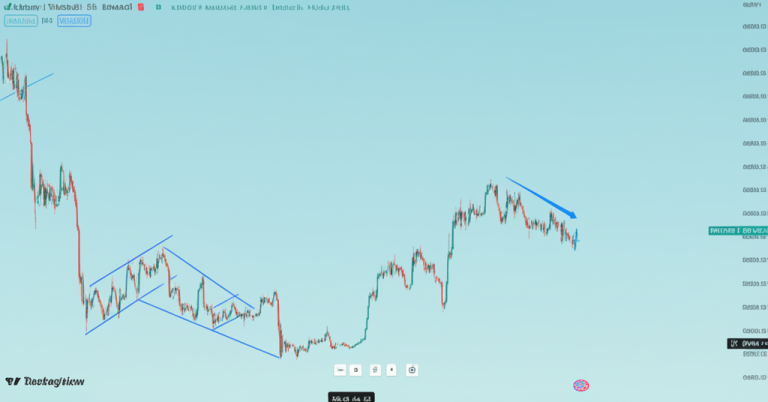Institutional Capital Entering Bitcoin Mining: New Opportunities Under U.S. Policy Benefits
The Bitcoin mining industry in 2025 is undergoing a structural transformation. With the establishment of the “Cryptocurrency Asset Strategic Reserve” by the Trump administration, traditional financial institutions and tech giants are reshaping this multi-billion-dollar industry. This transformation is not just about digital currency but also signifies a new paradigm in the global allocation of computing power.
Policy Tailwind Driving Institutional Change
The regulatory consensus formed after the 2024 elections marked a crucial turning point. The strategic Bitcoin reserve plan launched in March signified the U.S. government’s first inclusion of cryptocurrencies into the national financial infrastructure. This policy shift has a threefold impact: reducing compliance costs, boosting capital confidence, and accelerating technological iteration. Data shows that the industry contributed $4.1 billion to the U.S. GDP last year and created 31,000 jobs, with this economic pull particularly notable in energy-rich remote areas.
Dual-Track Evolution of Computing Power Economy
Modern mining operations are breaking away from single-business models:
– Hybrid Computing Architecture: Leading enterprises have allocated over 30% of their computing power to AI training and inference tasks, creating a compound revenue model of BTC+AI.
– Dynamic Cost Balancing: According to CoinShares data, the average cost per coin mined by U.S.-listed mining companies was $55,950 (2024Q3), while Glassnode’s difficulty regression model shows an average network cost of approximately $34,400.
– Geographical Arbitrage Strategies: Countries like Iran, with electricity costs as low as $1,300 per coin, contrast sharply with high-energy-consuming regions like Ireland, where costs reach $321,000 per coin.
Institutional Players’ Multi-Dimensional Strategies
The entry of asset management giants like BlackRock is bringing new rules to the game:
– Vertical Integration: Control over the entire industry chain, from chip development to clean energy power plants.
– Financial Engineering: Hedging over 70% of operational risks through futures contracts.
– ESG Transformation: Mining operations in Texas have achieved 85% renewable energy supply.
AI Integration Bringing Paradigm Shift
When NVIDIA’s H100 meets Bitmain’s S21 Hydra, the trend towards generalized computing devices is breaking industry boundaries:
“`python
Example of a typical hybrid computing scheduling algorithm
def allocate_resources(btc_difficulty, ai_workload):
if btc_profitability > ai_profitability:
return ‘MAX_HASH’
else:
return ‘DYNAMIC_BALANCE’
“`
This flexible resource allocation mechanism enables mining operations to transition into new data center operators.
Risk Landscape and Future Projections
The current market faces three major tensions:
According to MacroMicro.me monitoring data, the comprehensive cost per coin for some institutions has exceeded the $92,000 warning line, indicating that the industry is about to enter a deep consolidation phase.
Conclusion: The Digital Gold Rush Enters the Industrial Age
As traditional capital begins systematically allocating hash rate assets, Bitcoin mining is transitioning from a pioneering phase to a new era dominated by institutions. This industry upgrade, driven by policy benefits and technological revolution, may redefine the scope and extent of key infrastructure in the 21st century. For savvy investors, the focus should not just be on the computing power price curve but also on the battle for pricing power over the fundamental computing capabilities that support the entire digital civilization.
資料來源:
[2] www.ainvest.com
[3] www.benzinga.com
[4] osl.com
[5] osl.com
Powered By YOHO AI





